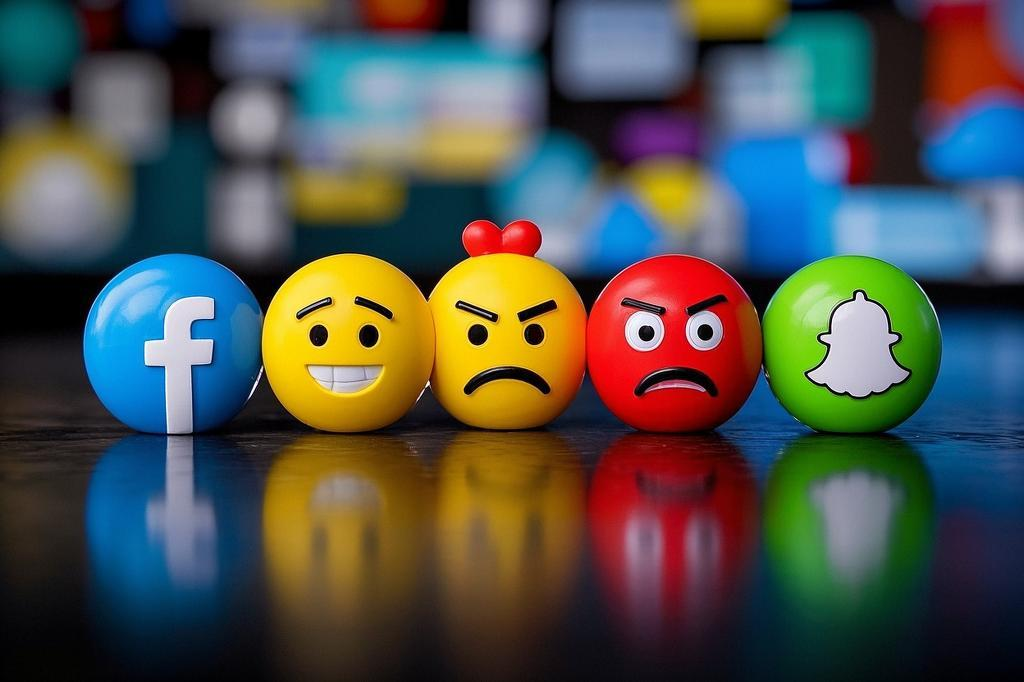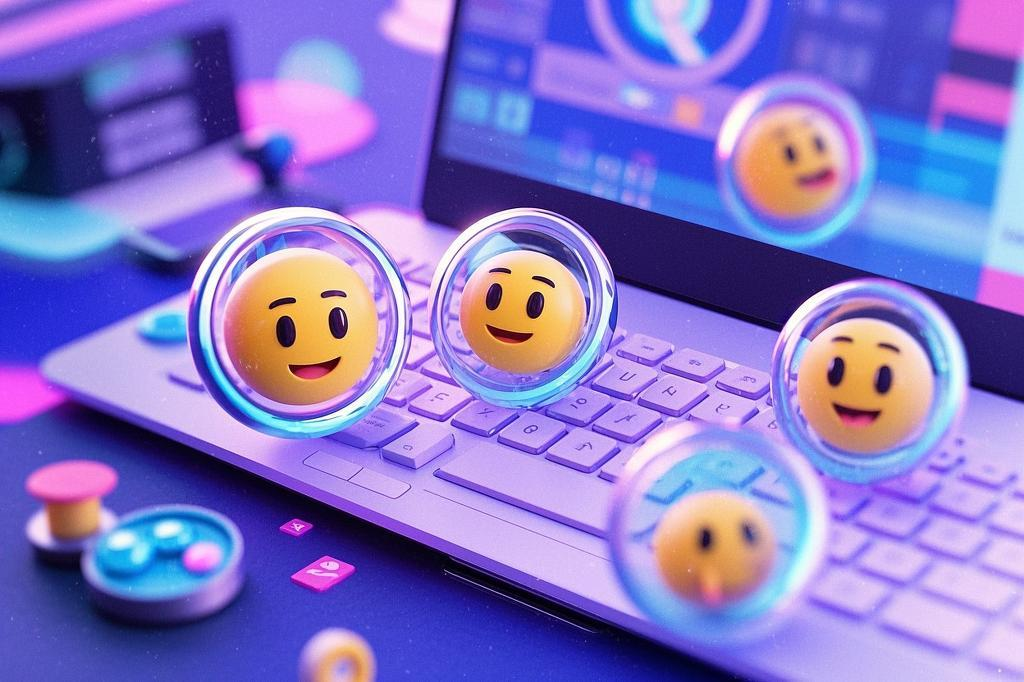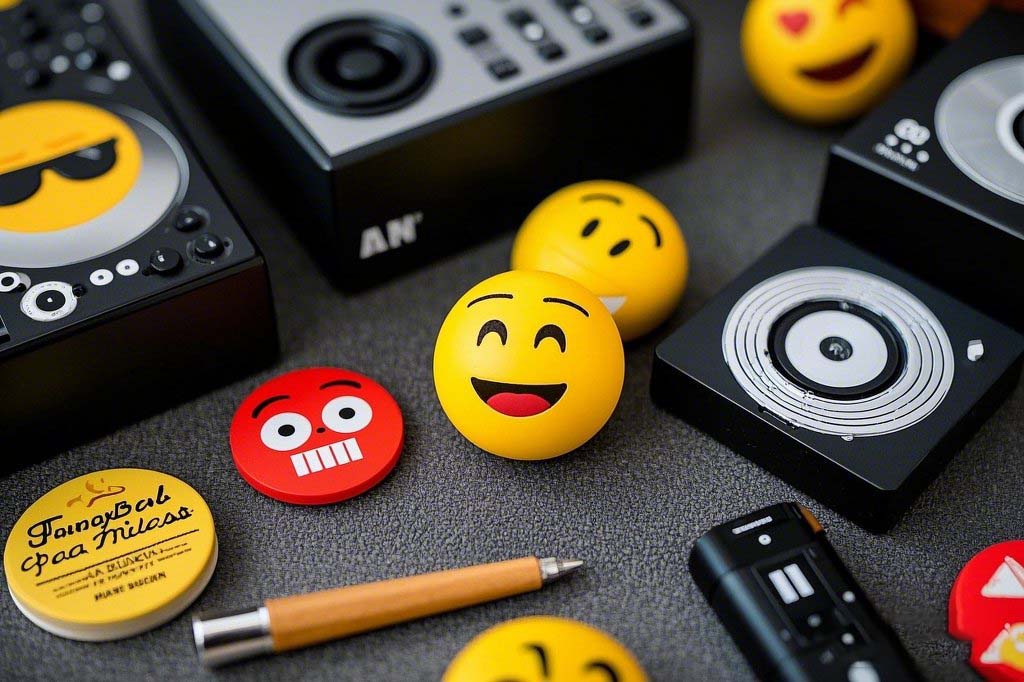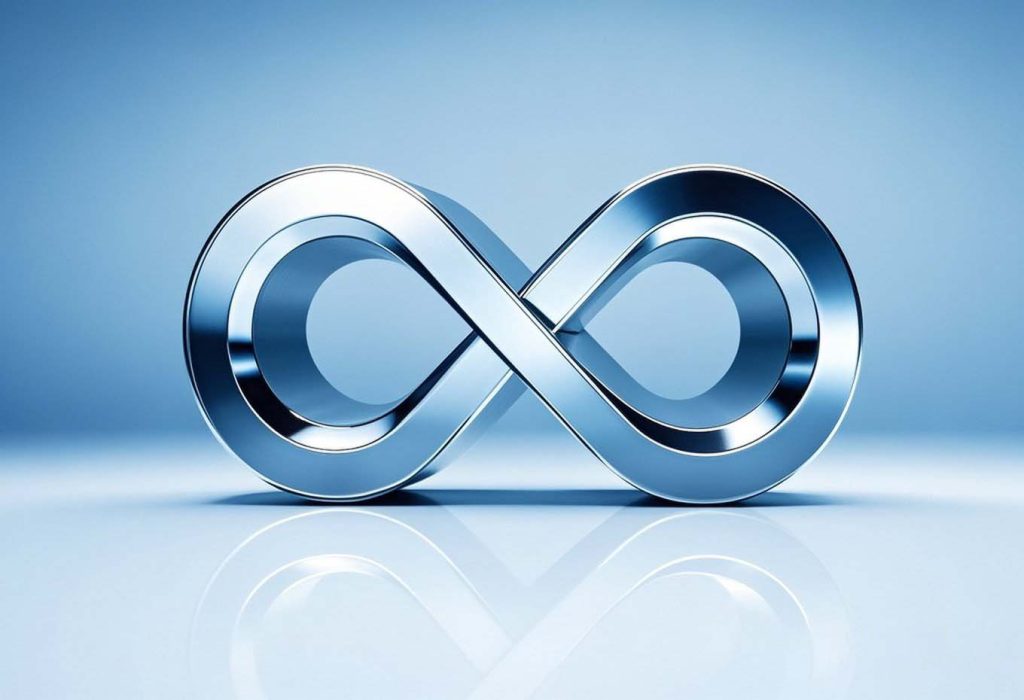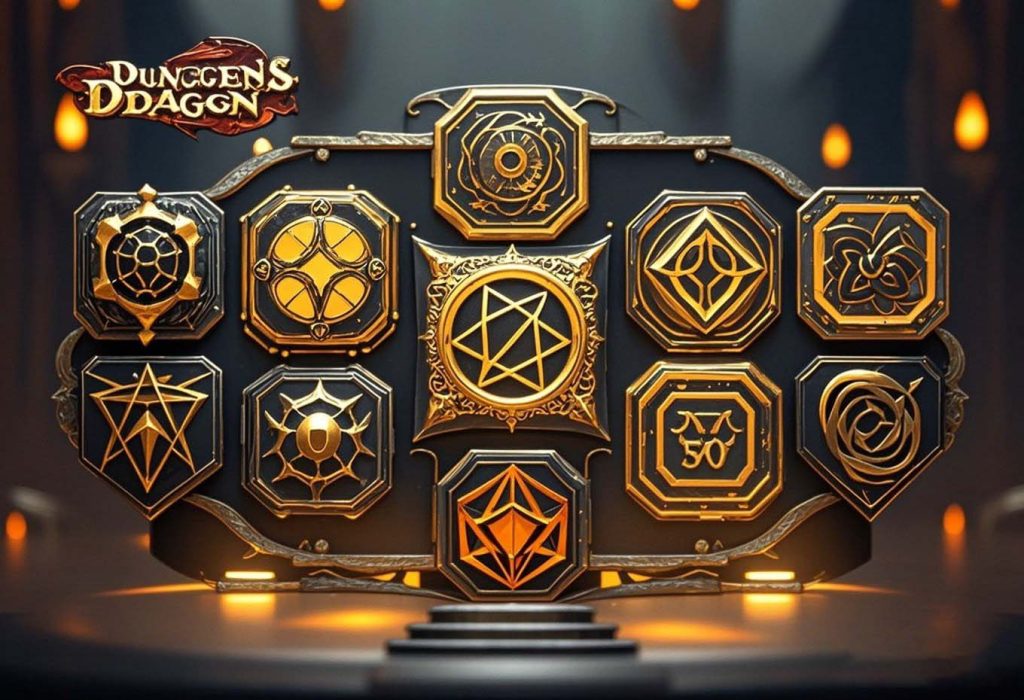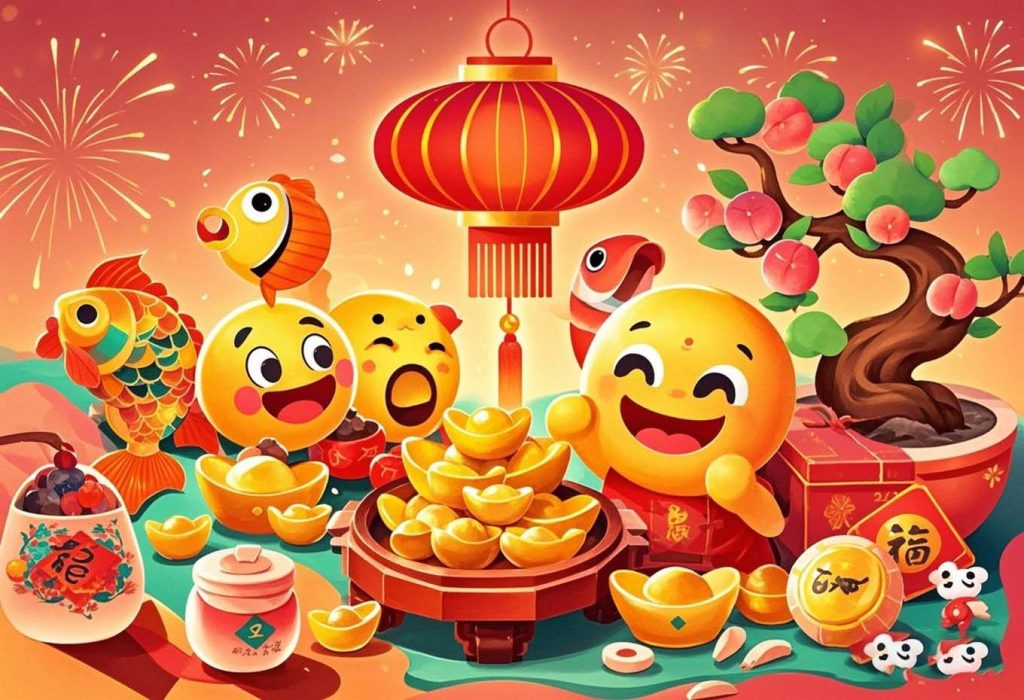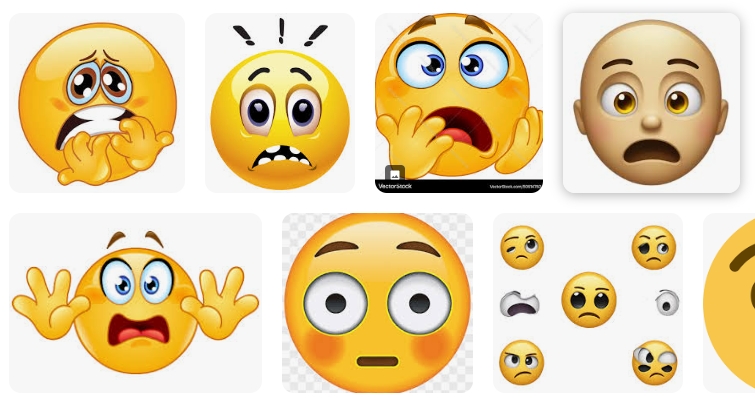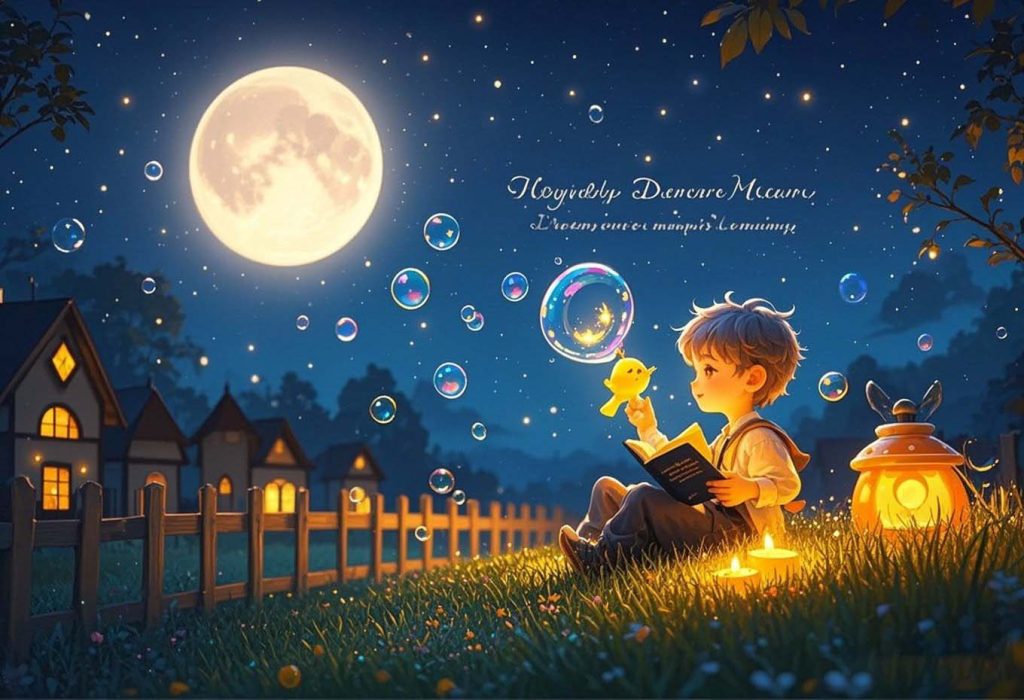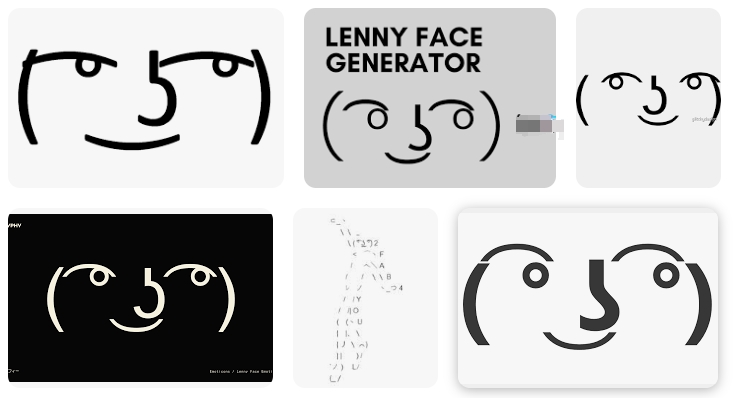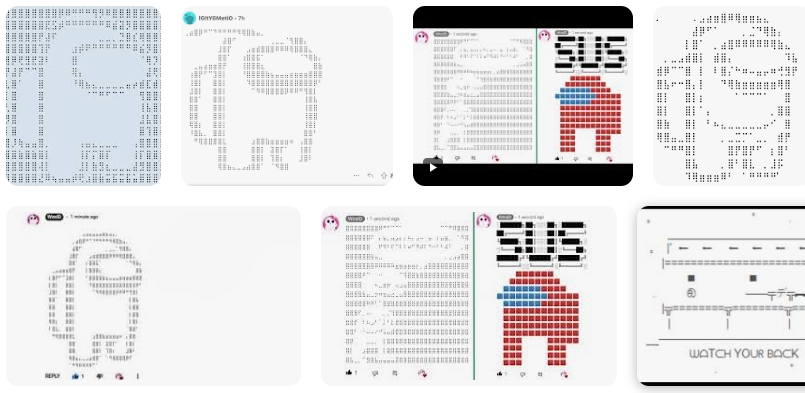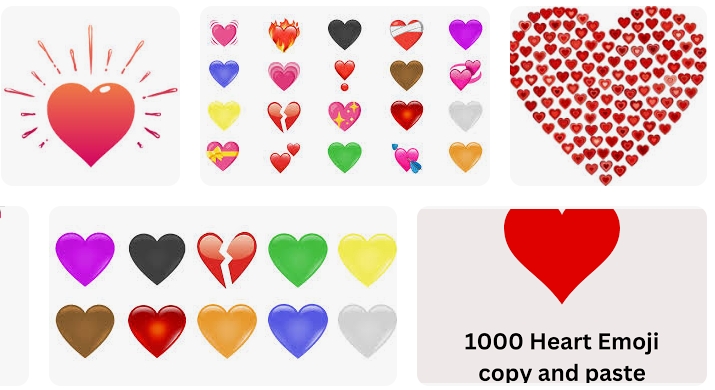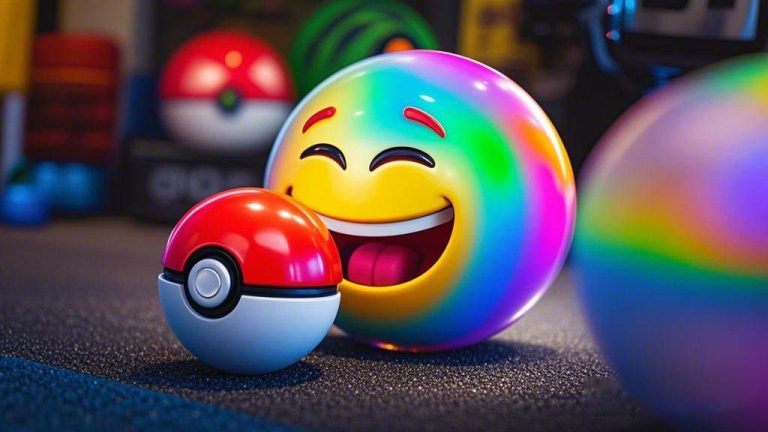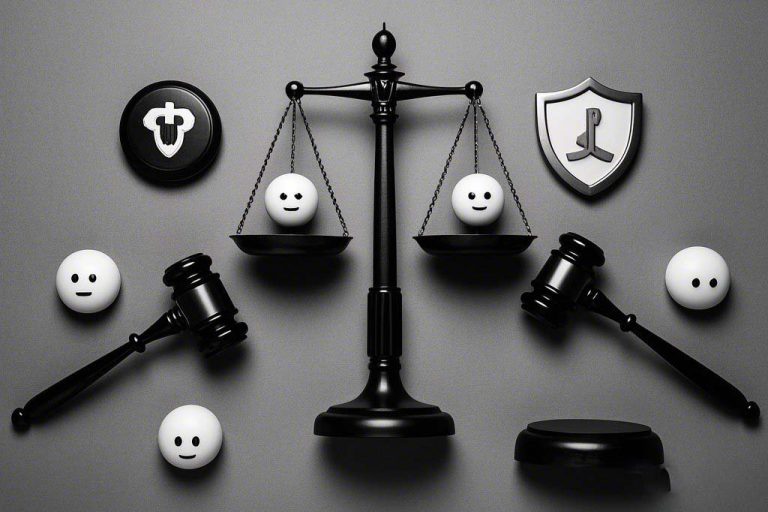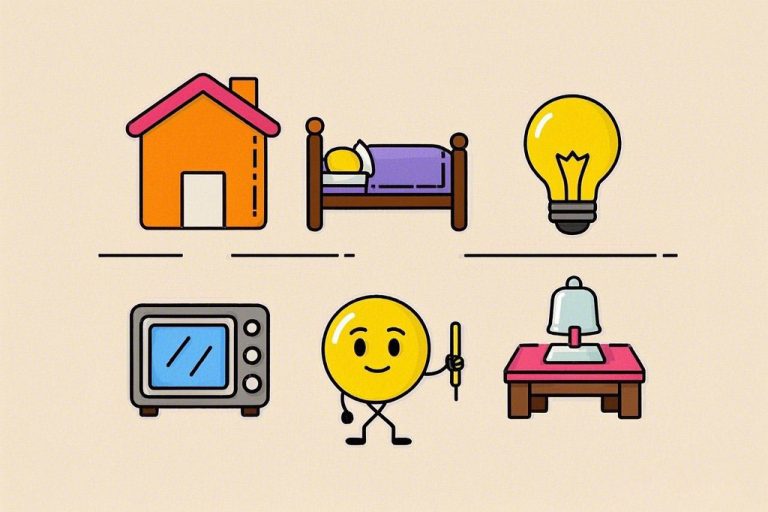Unleash Your Creativity with the Emoji Kitchen Game – Mix, Match & Copy Your Favorite Emojis Instantly!
Ever found yourself pausing mid-text, wondering whether to drop a ? or a simple 🙂 ? You’re not alone. In today’s digital conversations, the choice between emojis and emoticons can feel like a subtle yet crucial decision. Let’s break down the differences, so you know exactly when to use each for maximum impact.
? Emoji vs. Emoticon: Key Differences at a Glance
| Feature | Emoji | Emoticon |
|---|---|---|
| Origin | Japan, late 1990s | Early internet days, 1980s |
| Appearance | Colorful, pictorial | Text-based, simple symbols |
| Usage Context | Casual, social media, informal chats | Professional, minimalist, formal |
| Platform Variance | May look different across devices | Consistent across all platforms |
| Expressiveness | Broad range of emotions and objects | Limited to facial expressions |
? The Rise of Emojis
I remember the first time I saw an emoji pop up in my text conversation — it was a simple smiley face ?, yet it added so much warmth to a bland message. Emojis have since evolved, becoming an essential part of how we communicate online. From conveying excitement with ? to showing empathy with ?, emojis bring a visual depth to our messages.
Data shows that 92% of online users have used emojis at some point in their digital communication. Emojis aren’t just for fun; they enhance engagement, with studies indicating that messages containing emojis have a 48% higher interaction rate on social media.
? Why Emojis Work
- Versatility: They fit into almost any conversation, from casual chats to playful social media posts.
- Cultural Adaptability: With over 3,600 emojis available, new designs are added frequently to reflect diverse cultures, activities, and emotions.
- Emotional Tone: Emojis help set the mood. A simple “Good morning” can feel cold, but add a ☀️, and it instantly brightens up.
? The Classic Charm of Emoticons
On the other hand, emoticons, those humble smiley faces like 🙂 or ;-), have a special place in the digital lexicon. I often find myself using them in emails when I want to add a personal touch without seeming too informal. Emoticons are straightforward, easily created with just a few keystrokes, and universally understood — no matter what platform you’re on.
? When to Use Emoticons
- Professional Settings: Emoticons offer a subtle way to express emotion in emails or work chats without going overboard.
- Minimalist Style: If you prefer a clean, no-frills approach to messaging, emoticons are the way to go.
- Consistency: Unlike emojis, which can appear differently across devices, emoticons look the same everywhere.
? So, Which One Should You Use?
The choice depends largely on the context of your message:
| Scenario | Recommended Choice | Reason |
|---|---|---|
| Chatting with Friends | Emoji | Adds expressiveness and fun |
| Professional Email | Emoticon | Maintains a formal tone |
| Social Media Post | Emoji | Engages and captures attention |
| Texting a New Acquaintance | Emoticon | Keeps it simple and neutral |
Personally, I find a mix of both works best. For example, in casual conversations, I might use emojis to add color and flair, like using ? to celebrate a win. In a work email, I might use a smiley emoticon 🙂 to soften a request or feedback. The key is to read the room and choose accordingly.
? The Impact on Communication
Did you know that incorporating emojis in digital communication can boost reader response rates by up to 45%? They bridge the gap where text alone might fail to convey emotion. For instance, saying “I’m fine” can come off as blunt, but add a ?, and it’s suddenly warm and friendly.
However, overuse can be counterproductive. I’ve had instances where too many emojis in a message led to confusion rather than clarity. It’s about finding the right balance to complement your tone.
? Tips to Avoid Miscommunication
- Know Your Audience: Not everyone appreciates a barrage of emojis; use them sparingly in formal settings.
- Context is Key: Some emojis carry different meanings in different cultures. The ? emoji might be seen as a prayer in one context and a high-five in another.
- Consistency Matters: Stick to a few familiar emojis in professional settings to maintain clarity.
? My Personal Take
I’ve been on both sides of the emoji vs. emoticon debate. Early in my career, I stuck strictly to emoticons, thinking they were more “professional.” But as digital communication evolved, so did my approach. Now, I blend both — using emojis to add personality and emoticons for subtlety. It’s like having two sets of tools: one for painting a vivid picture and another for sketching the basics.
? Quick Facts
- Over 10 billion emojis are sent daily across messaging apps.
- Emoji users are perceived as more friendly, fun, and approachable.
- Emoticons have been around since 1982, making them the OG digital smiley faces.
Next time you’re typing out a message, consider what you want to convey. A well-placed ? can add humor, while a simple 🙂 can soften the tone. Mastering the art of choosing between emojis and emoticons can elevate your digital communication game, making your messages clearer, friendlier, and more engaging.

